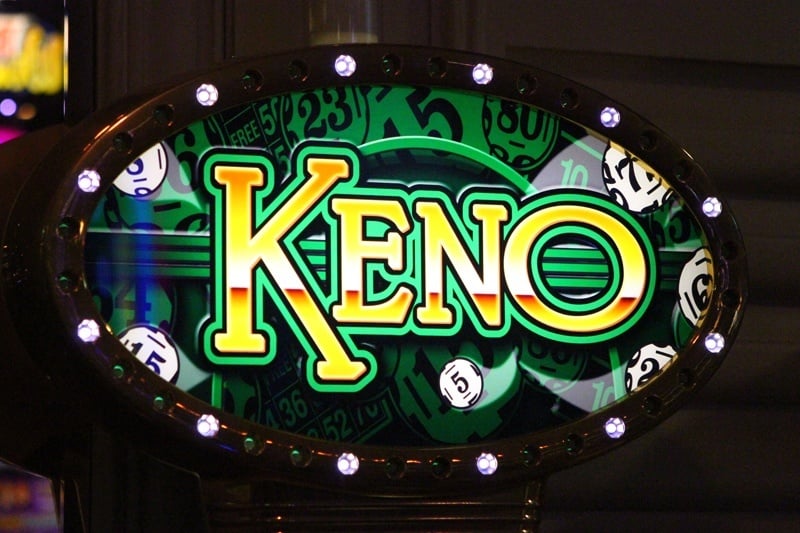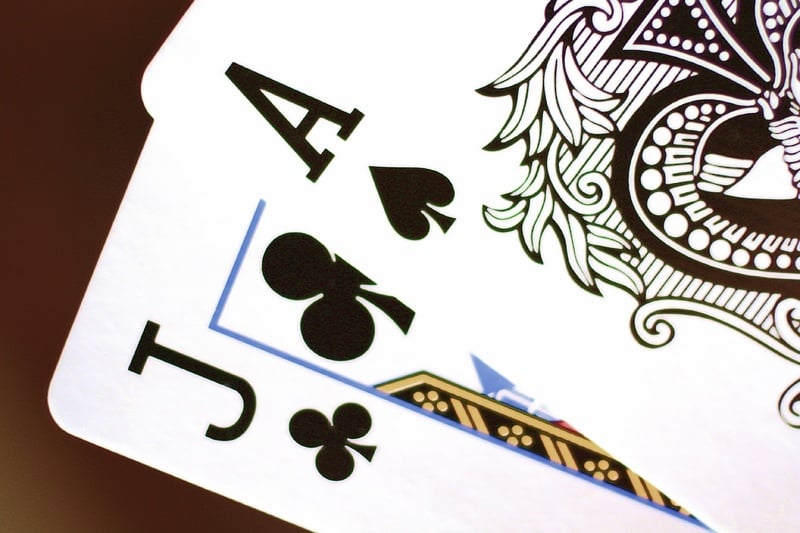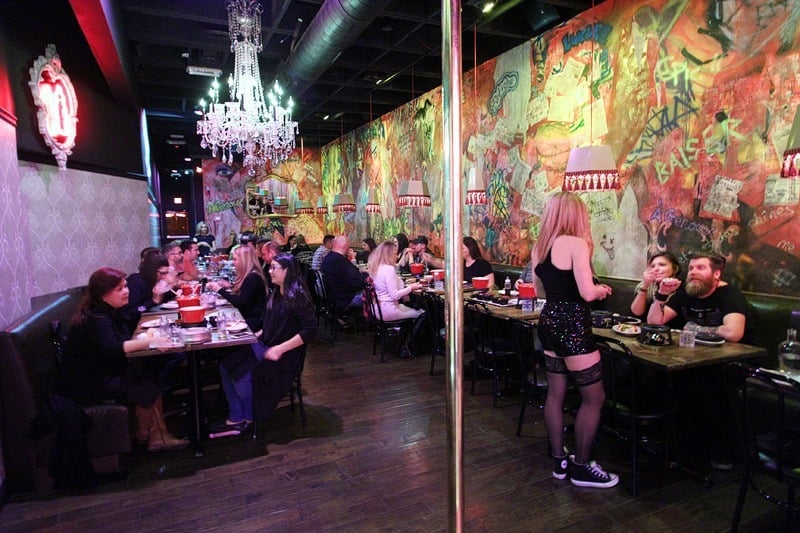Gambling Basics: What the House Edge Means
It probably comes as no surprise that in casinos, no matter what game you play, the casino has the advantage.
Casinos are referred to as “the house,” probably because “casino” in Italian means, literally, “little house.”

The “house edge,” then, is the mathematical advantage a casino has for a given game.
The house edge is sometimes called the “vig,” short for “vigorish,” a Russian word that means “winnings.” Other terms include “juice,” “cut” or “take.”
Each casino game has a different house edge.
Keno, for example, has the biggest house edge in a casino, as much as a whopping 25%. The bigger the house edge, the worse the game is for players.

Blackjack and baccarat have some of the lowest house edges in a casino.
There’s even a bet in craps, the “odds” bet, that has zero house edge, although making that bet requires the player to also make a “negative expectation” bet. Casinos aren’t charities!
The good news is that while casinos are assured to win over time, the house’s mathematical advantage is calculated over a large number of wagers, which leaves room for winning streaks and sometimes dramatic deviations from the expected losses over time.
These deviations and streaks are where hope lives and dreams become reality for many Las Vegas gamblers. Players beat the odds every day in Las Vegas!

Here’s a great overview of gambling mathematics from the good folks at the University of Las Vegas’ Center for Gaming Research.
Remember, even though the house may have a mathematical advantage, if you measure success in fun, you’ll can always walk away a winner in Las Vegas.





Leave your thoughts on “Gambling Basics: What the House Edge Means”
14 Comments